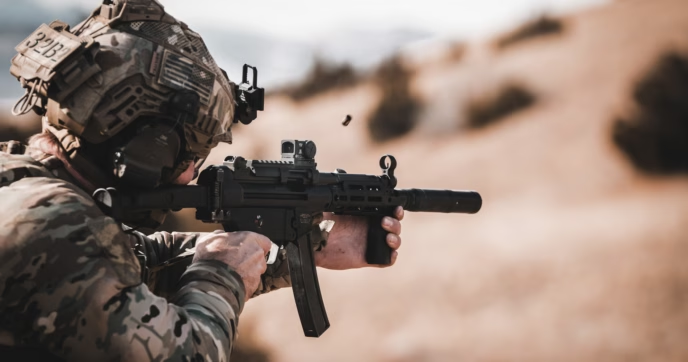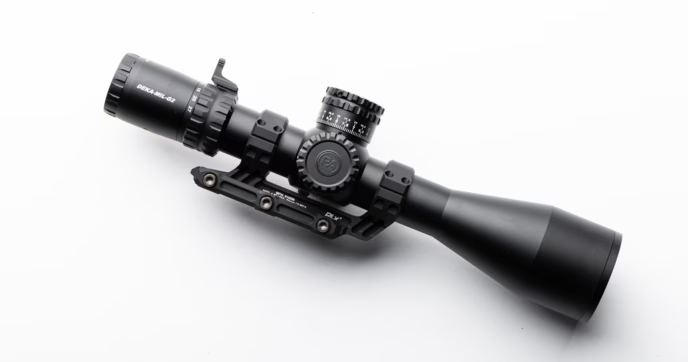When it comes to .30-caliber AR cartridges, the two dominant rounds are unquestionably .300 AAC Blackout and .308 Winchester. One is a stalwart classic with decades of practical use in hunting, competition, military, and police applications, while the other is a state-of-the-art, purpose-built tool that does what it does better than anything else.
Which one is best for you will depend on how you plan to use it and what trade-offs you are willing to accept. These two rounds vary widely in weight, cost, compatible rifles, and more, so there’s a lot to take into account before making the decision.
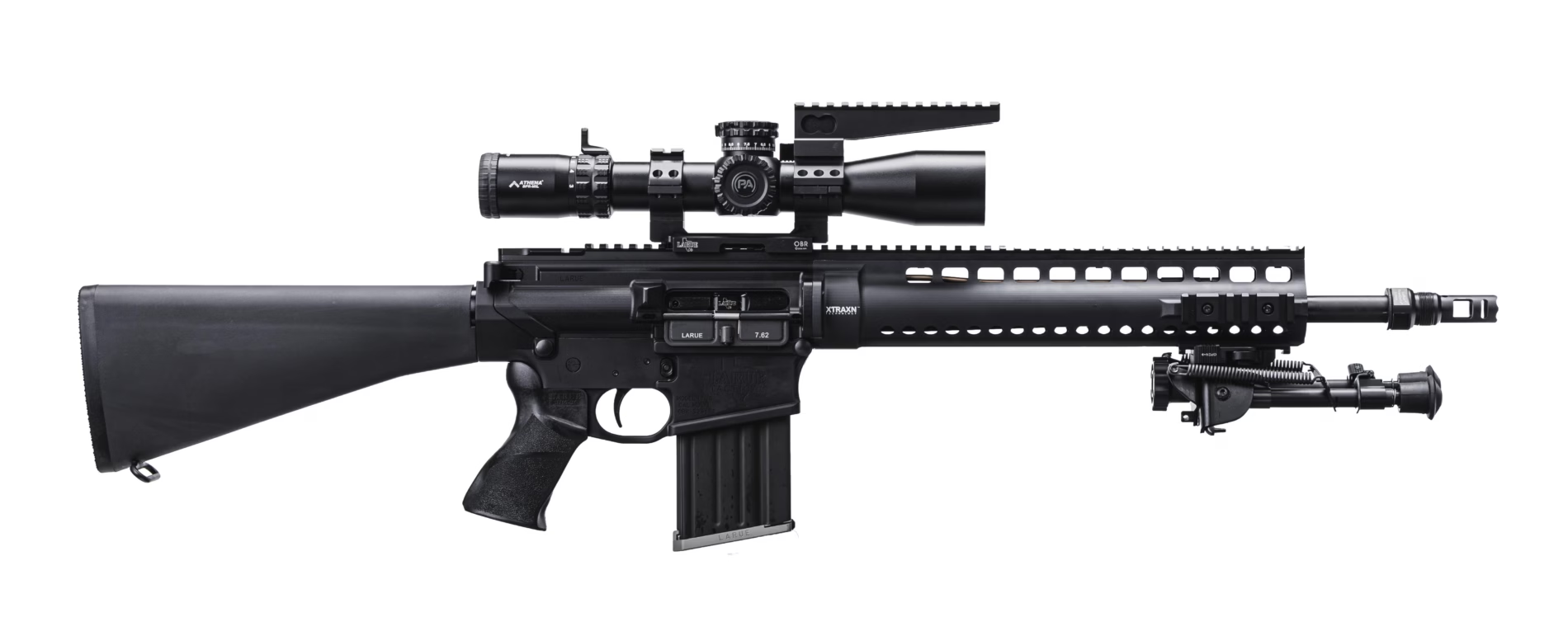
The Basics: .308 Winchester
.308 Winchester is one of the most common and popular rounds in the country, if not the world. It’s been approved by NATO in the form of the 7.62x51mm cartridge for military use by member nations, employed by uncountable numbers of hunters for medium and large game, sported by competitors, deployed by police officers and S.W.A.T teams as a sniper round. Frankly, it might be easier to list the things .308 Winchester hasn’t done.
The cartridge got its start in the early 1950s as the military was seeking a replacement for the .30-06 Springfield. The budding cartridge demonstrated similar ballistic potential, but with less recoil, a shorter overall round size, and more reliable performance in semi-automatic, magazine-fed rifles. It quickly became enormously popular with military and civilian users alike, in large part due to its versatility.

The Basics: .300 Blackout
.300 Blackout is in many ways the inverse of .308 Winchester, despite both being .30-caliber cartridges. First produced in 2010, .300 Blackout is still in its infancy as a round but is already exceptionally popular within its niche.
This specialized cartridge was designed from the ground up for a specific purpose: to be an effective close-range round for the AR-15 that functioned efficiently with a suppressor. It was intended to thrive where the 5.56x45mm NATO round struggled. While 5.56 depends on its velocity for terminal effectiveness and thus cannot functionally use subsonic rounds, .300 Blackout excels with subsonic loads and can be made absurdly quiet with the right firearm.
.300 Blackout was also intended to deliver more energy on target at short ranges, with a ballistic profile similar to that of the 7.62x39mm round used in AKM and SKS pattern firearms, but with more reliable function in an AR-15.
The AR-15 was such a focal point during .300 Blackout development that nearly all parts from a standard, 5.56 or .223 Remington AR-15 are compatible with .300 Blackout, including the bolt and magazines—one needs only change the barrel in order to convert a .223 AR-15 to .300 Blackout.
Compatible Platforms
It’s important to note that despite their similarities—which include, at times, using the same bullets—.308 Winchester and .300 Blackout are substantially different in their size and are compatible with different firearm platforms.
As previously stated, the .300 Blackout was designed from the start for the AR-15, but that doesn’t mean that the AR-15 is the only platform that supports it. On the contrary, .300 Blackout models of a wide range of semi-automatic rifles are available, including the Sig MCX, B&T APC300, IWI Tavor, Ruger Mini-30, and more. Various bolt-action platforms are also available chambered in .300 Blackout, usually in a mini or short action.
.308 Winchester, on the other hand, is a full-sized rifle round and is too large for most of those rifles. It’s common in a wide variety of bolt-action rifles with short actions, and is the original round for the Armalite AR-10. It’s also the most common chambering for other large-frame AR-pattern rifles, many of which go (erroneously) by the same moniker. For a full discussion of the distinction between the Armalite AR-10 and other .308 AR-style rifles, we offer a breakdown on LR308 vs AR-10.
.308 Win is also found in many modern and classic semi-auto platforms, such as the FN SCAR 17S and FAL, Springfield Armory M1A, IWI Tavor 7, and HK MR762.
Because the two rounds are used in such different platforms, it makes it impossible to simply choose one cartridge or the other in a vacuum. If you have a strong preference for the lower weight of an AR-15, for example, then .308 Winchester is simply an impossibility, making .300 Blackout the obvious .30 caliber choice. The inverse is true if you simply must have an FAL, as that rifle was never manufactured in .300 Blackout.
If you’re on the fence about whether to go with a small-frame or large-frame AR, check out our article on AR-10 vs AR-15 for a deep dive.
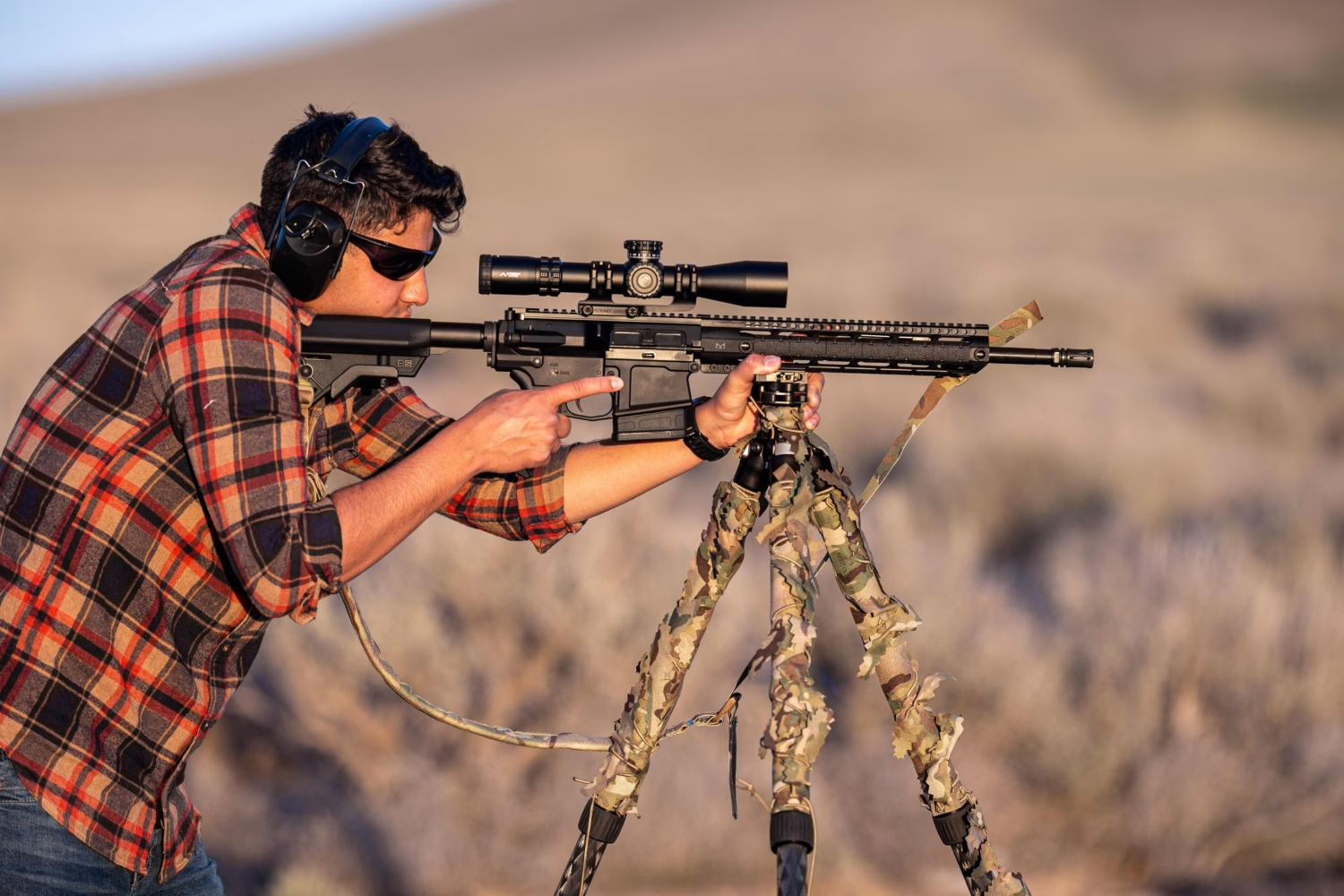
.308 Winchester vs. .300 Blackout: Ballistics
The largest distinction between the two rounds is inevitably going to be ballistics. Here, the two cartridges could hardly be more different.
.308 Winchester was designed as a jack-of-all-trades replacement for the .30-06 Springfield and is a full-power rifle round. It’s capable of delivering effective hits to targets at 800-1000 yards, depending on the specifics of the firearm and the load used. Due to its substantially higher velocity, it’s going to resist wind drift better than .300 Blackout and offer a flatter trajectory, particularly at ranges greater than 200-300 yards.
However, .308 Winchester is never going to suppress as efficiently as .300 Blackout. Because the two rounds use more or less the same bullets, neutering a .308 Winchester down to subsonic velocities would effectively create a .300 Blackout with a larger cartridge, heavier rifle, and lower-capacity magazine.
.300 Blackout, for its part, is a very capable round at short to intermediate distances. With supersonic loads, it’s capable of effective hits at 300 yards or more, with its true max effective range being heavily dependent on the rifle in question. With subsonic loads, though, its range is considerably more limited. Most users keep subsonic shots within 50 yards and seldom shoot past 100 yards. At distances much farther than that, the drop arc starts to become parabolic, making accurate fire exceptionally challenging.
In sum, the .308 Winchester is a more powerful round with a significantly larger range and will be much easier to use at even intermediate distances. The .300 Blackout, being intended from the start as a short-to-medium range round, excels when kept within its intended limits.
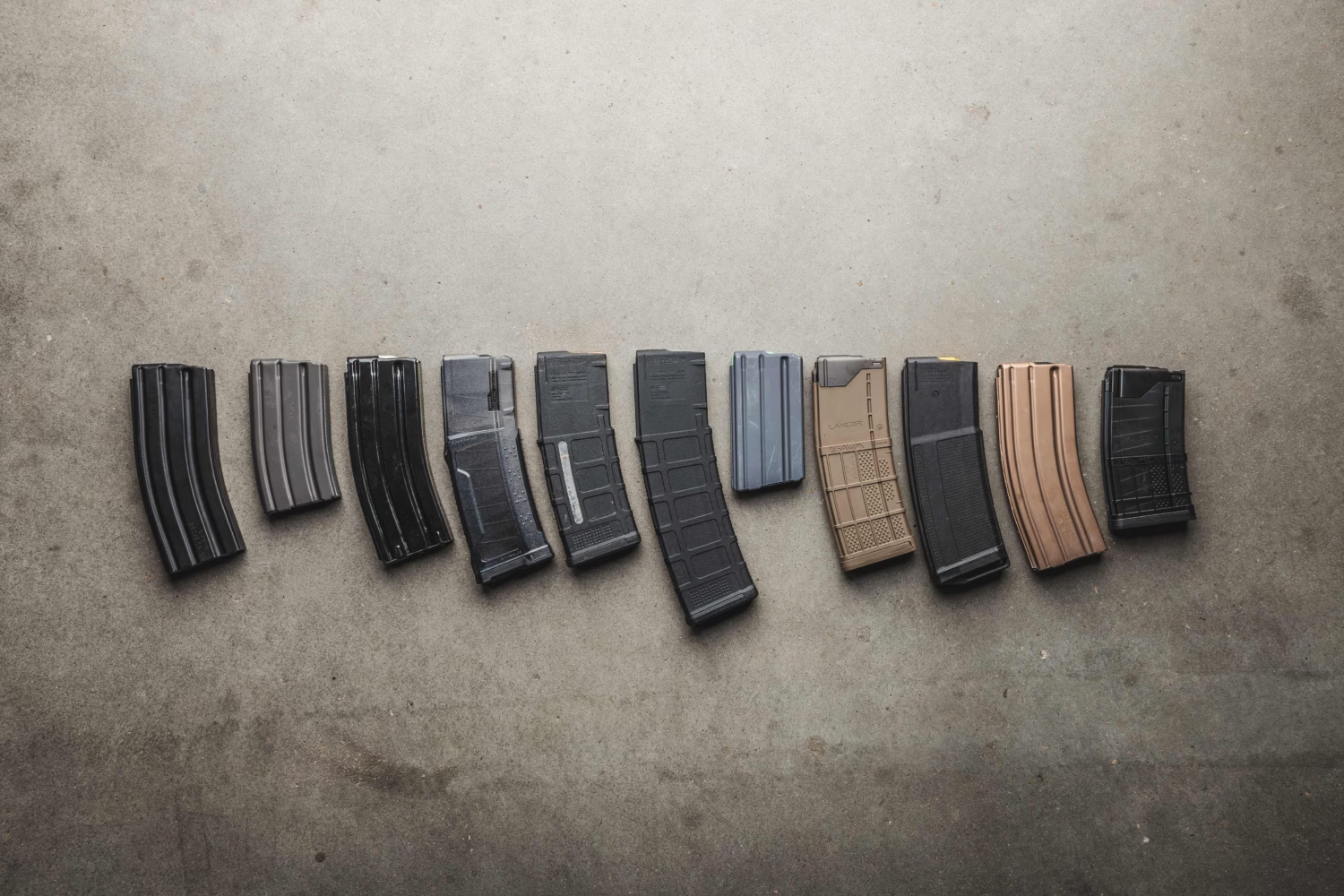
.308 Winchester vs. .300 Blackout: Capacity
.300 Blackout is a much smaller round than .308 Winchester, and is designed for compatibility with standard AR-15 magazines. Most .223 Remington/.300 Blackout magazines have a 30-round capacity, with extended capacities up to 40 rounds being easily available. Larger capacities, typically using either coffin or drum designs, are available, but their compatibility with .300 Blackout is not as clean-cut as standard box magazines.
.308 Winchester magazines vary in capacity depending on the firearm in question. Many bolt-action rifles have internal magazines of 4-5 rounds or detachable magazines of up to ten rounds. Most semi-autos, on the other hand, have a 20-round standard capacity with box magazines up to 25 rounds available. Drum magazines are made for .308 Winchester as well, but they are not as popular, due primarily to the weight of that much .308 ammunition.
This means that .300 Blackout has a clear advantage in capacity.
.308 Winchester vs. .300 Blackout: Cost
In this category, the two rounds are more or less neck-and-neck. Both rounds are going to have a similar cost for simple FMJ training ammo, with .308 Winchester being the slightly more expensive of the two. .300 Blackout requires subsonic rounds for optimal suppressed performance, though, which tend to be a bit more expensive. At the same time, if you plan on using your .308 for any type of precision marksmanship, you’ll want to invest in match ammo for maximum accuracy, which can get quite pricey.
Similarly, platforms are available in both calibers for nearly any budget. A cost-conscious user could easily build a high-quality .300 Blackout rifle from Expo Arms components to maximize their bang-for-their-buck, or pay a much larger sum for a premium, imported firearm like the B&T APC300. .308 Winchester firearms offer a similar diversity in price.
Either cartridge gives users the option to spend essentially as much or as little as they like, though, as always, you should expect to get what you pay for.
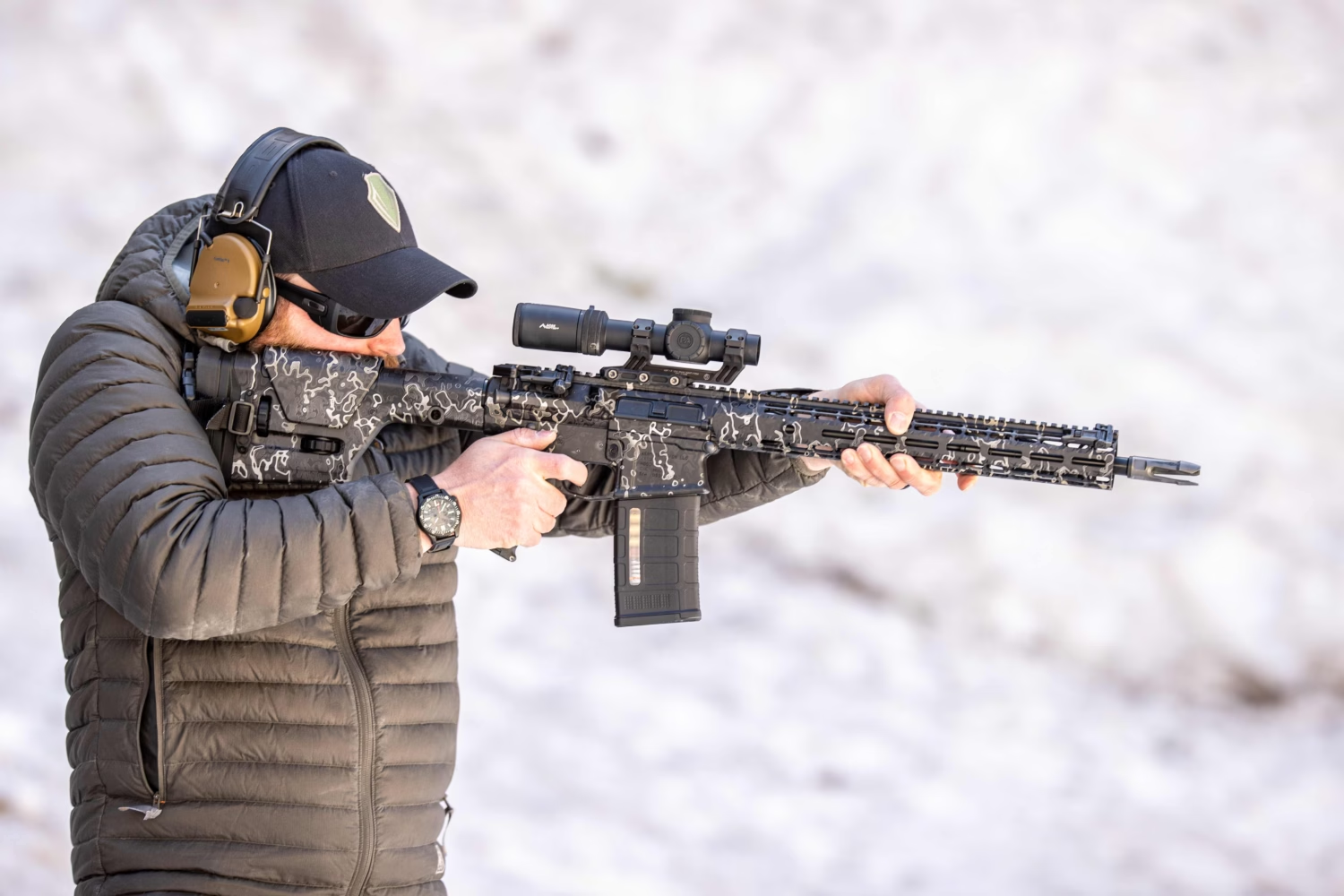
.308 Winchester vs. .300 Blackout: Recoil
300 Blackout, while lacking the .308’s sheer firepower, is going to deliver less total recoil. It’s important to understand, though, that this may not necessarily translate into less felt recoil.
A .300 Blackout fired from a lightweight, bolt-action hunting rifle equipped with a suppressor may well kick more than a .308 out of a 20-pound PRS gun with a triple-port brake. All else being equal, a .300 Blackout should have less recoil, but because the rounds are used in such different firearms, all else is never going to be equal.
Despite that, .300 Blackout still has a significant advantage in this category, in that it requires less weight and fewer accessories to reduce its recoil down to a manageable degree. While you probably could build a .308 AR-10 that would kick less than some .300 Blackouts, the resulting rifle would have to be very heavy and would almost certainly need a very efficient muzzle brake for that to be possible.
With .300 Blackout, you could easily build a rifle that is lightweight, suppressed, and still soft-shooting, which is going to be much easier to practically use for close-range, fast-paced target engagement, such as during a 3-Gun match.
An ultra-low recoiling AR-10, on the other hand, would be much better suited to long-range precision use, and would probably be too heavy to quickly maneuver through tight spaces or swing between multiple targets.
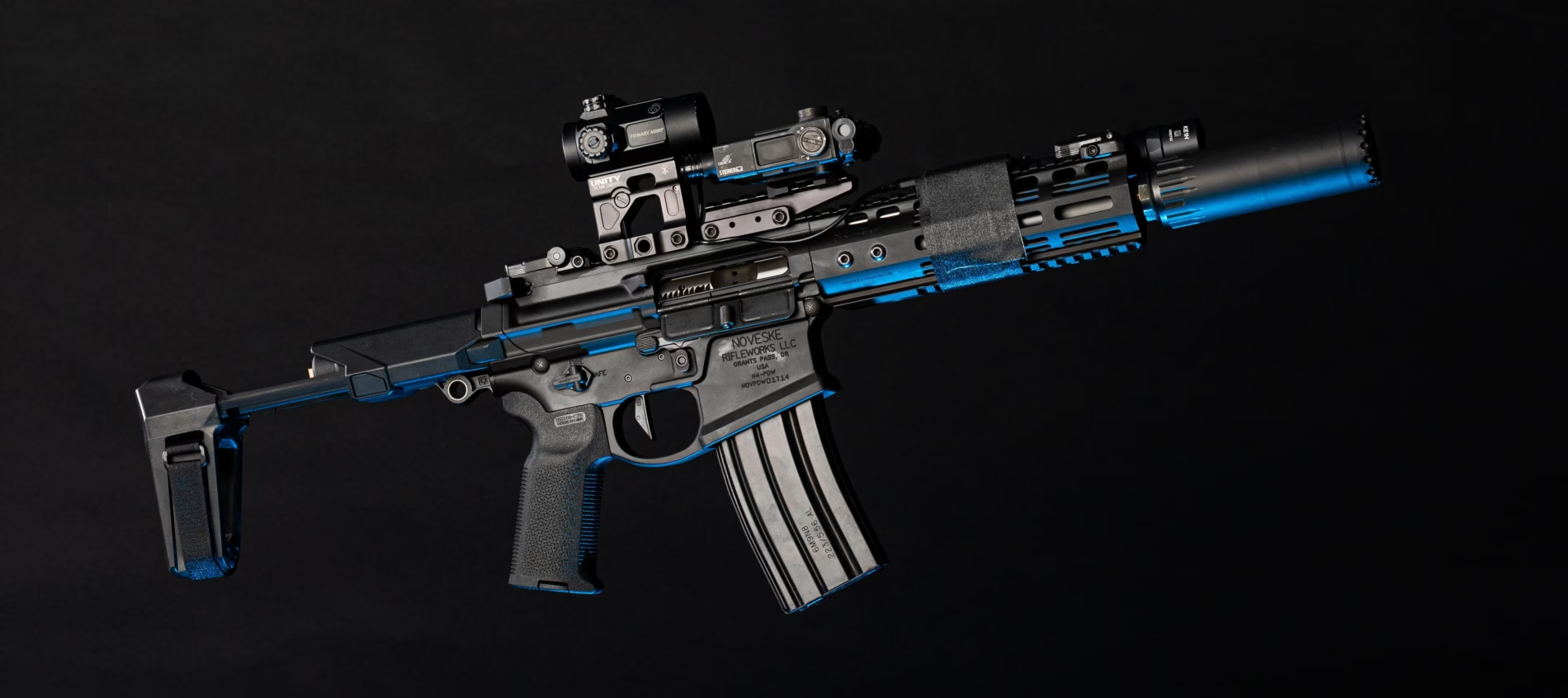
.308 Winchester vs. .300 Blackout: Weight
.308 Winchester is a full-sized, full-powered round, and that comes with a considerable weight as well. While .308 and .300 Blackout might use the same bullets, the casing and powder capacity of the .308 Winchester is significantly larger, making it inevitably heavier.
Similarly, .308 Winchester rifles are simply bigger and heftier than .300 Blackout models. They have to be in order to handle the larger powder charge and higher energy of the cartridge, not to mention help dampen the increased recoil.
In this category, .300 Blackout will simply always be the winner. .308 Winchester has a lot to recommend it, but compared to .300 Blackout, it will never be lightweight.
When to Choose .300 Blackout
.300 Blackout was designed specifically for short ranges and suppressed performance. If you plan to do most of your shooting with a silencer attached or inside 300 yards, .300 Blackout is the superior choice for most applications. It offers lower recoil, higher capacity, and less overall weight, making it a much handier choice in cramped environments. It was born for close-quarters target engagement, and that’s where it thrives.
When to Choose .308 Winchester
.300 Winchester is the obvious choice for any kind of long-distance marksmanship. If you plan on taking shots at 500 yards or more, there’s no sense in buying a .300 Blackout. Even with supersonic rounds and a 16″ barrel, .300 Blackout just can’t match the velocity and ease of .308 Winchester at extended ranges.
While .300 Blackout may generally be the preferred round for short-range applications, there is one exception in which .308 gets the nod—hunting. If you plan on taking game medium-sized or larger, such as whitetail deer, .308 is generally going to be a better round than .300 Blackout. .308 is a suitable round for nearly any game animal in the lower 48, but .300 Blackout lacks the power to ethically harvest larger animals. As always, though, consult your state and local laws before choosing a hunting cartridge.

Conclusion
.308 Winchester and .300 Blackout are both excellent rounds for punching .30-caliber holes in targets, but they do their best work in very different environments.
.300 Blackout is the ideal choice for short-range work, particularly in a tight environment where a small, lightweight rifle is going to be an advantage. It’s also ideal for anyone looking to wring the quietest possible performance from their suppressor.
.308 Winchester is the opposite, a perfect cartridge for anyone looking to really stretch their abilities and ring some gongs at 500-800 yards. The power of the round also makes it a responsible choice for hunting.
In the end, neither round is truly better than the other, and it’s impossible to crown a winner. Choose the right tool for the job, and you won’t be disappointed.

